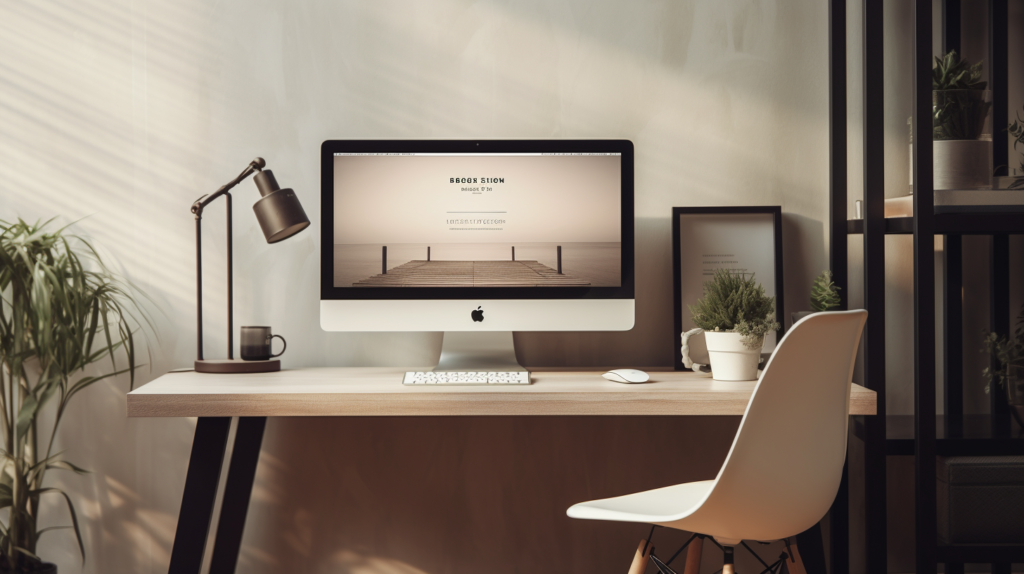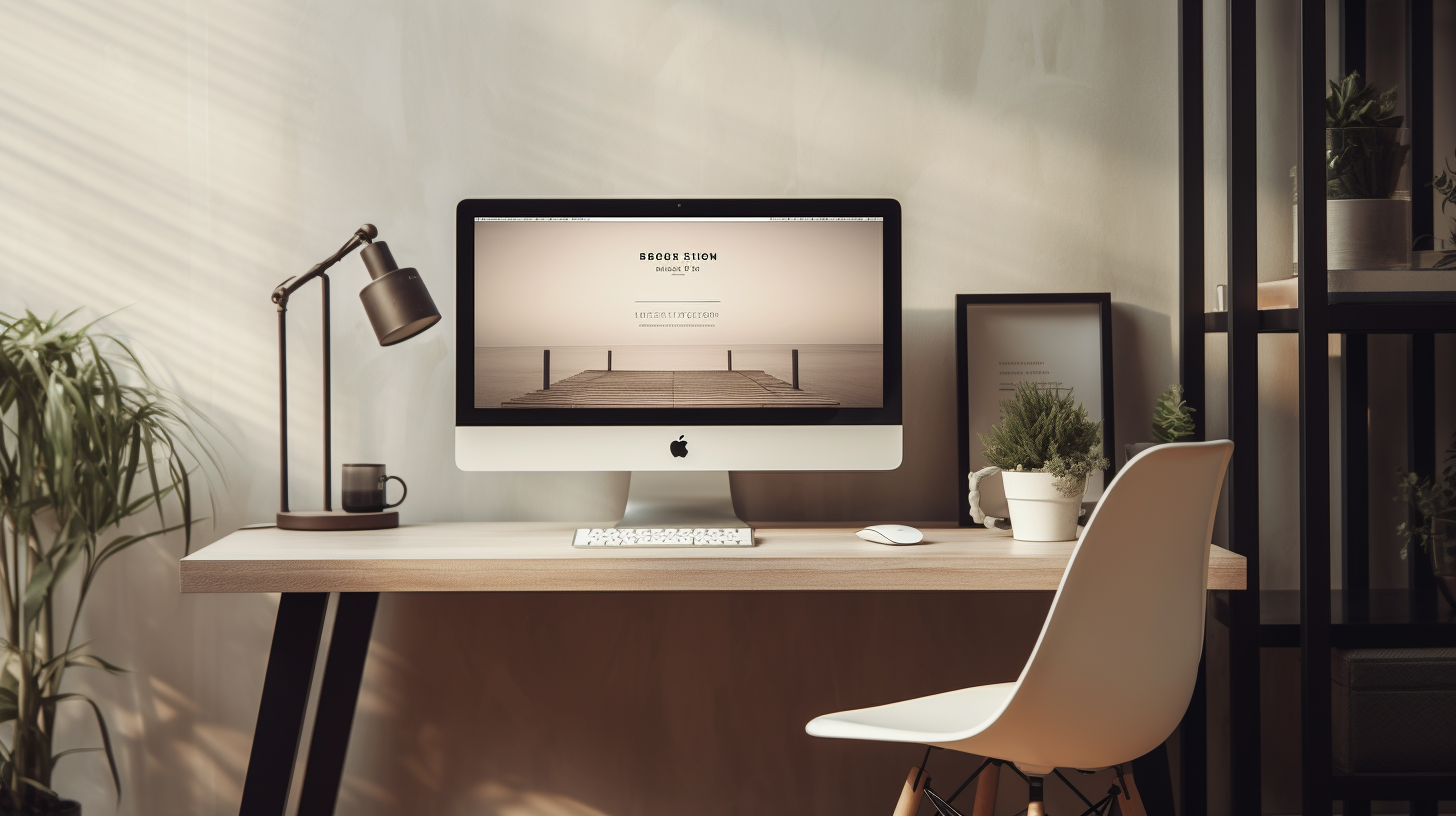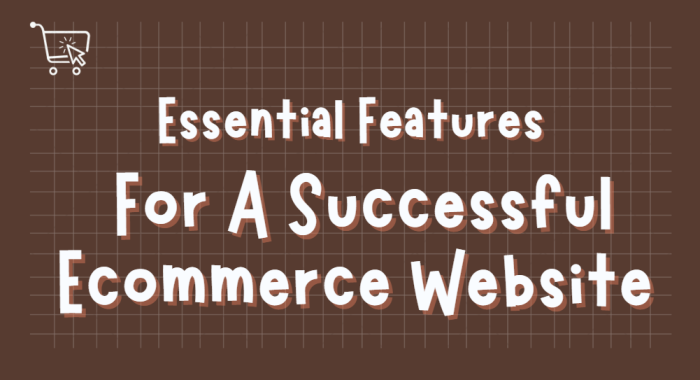If you’ve ever heard the saying “Home is where the heart is,” then you know that creating a space that reflects your unique style and personality is paramount.
As an interior design enthusiast, why not share your passion with the world by starting your own website? Having a website allows you to showcase your work, connect with potential clients, and establish yourself as an authority in the industry.
In this article, we will guide you through the process of launching your very own interior design website.
From finding your niche and defining your brand to selecting a domain name and optimizing for search engines, we’ll cover all the essential steps to get you started on this exciting journey.
So grab hold of your creative freedom, because it’s time to turn your love for interior design into a thriving online presence.
Key Takeaways
- Find a profitable niche and understand the preferences of your target market in interior design.
- Choose a memorable domain name and a reliable hosting provider for your website.
- Select a user-friendly website platform or content management system for easy management and customization.
- Showcase your portfolio and previous projects to highlight your expertise and attract potential clients.
Finding Your Niche in Interior Design
Are you ready to dive into the world of interior design and find your niche? Let your imagination soar as you identify profitable niches, understand target market preferences, explore unique design styles, incorporate sustainable materials, and embrace minimalist interior design.
By understanding what makes a niche profitable and tailoring your designs to meet the preferences of your target audience, you can create a brand that stands out. Now let’s move on to defining your brand and target audience.
Defining Your Brand and Target Audience
Discovering and understanding who your ideal clients are, as well as defining your brand that resonates with them, is essential in creating unforgettable interior design experiences.
By staying up-to-date on the latest interior design trends and conducting competitor analysis, you can develop effective marketing strategies to reach your target audience.
Once you have a clear vision of your brand and audience, you can move on to choosing a domain name and hosting provider for your website.
Choosing a Domain Name and Hosting Provider
Once you’ve defined your brand and target audience, it’s time to choose a domain name and shared hosting provider for your website. The domain name registration process is an important step in establishing your online presence.
Take the time to evaluate different hosting providers, considering factors such as website speed and performance, security considerations, and pricing options for domain and hosting services.
With these decisions made, you can now move on to selecting a website platform or content management system.
Selecting a Website Platform or Content Management System
Now that you’ve defined your brand and target audience, it’s time to choose the perfect website platform or content management system (CMS) to bring your online presence to life.
Here are four key factors to consider when selecting a platform:
- Choosing the right platform: Research and compare different CMS options like WordPress, Wix, or Squarespace.
- Customizing website templates: Look for platforms that offer flexible customization options to reflect your unique style.
- Understanding website security: Ensure the platform provides robust security measures to protect your site from cyber threats.
- Mobile-friendly website design: Opt for a platform that offers responsive templates for seamless mobile browsing.
With these considerations in mind, you can move on to designing a user-friendly layout and navigation for your interior design website.
Designing a User-Friendly Layout and Navigation
Crafting an intuitive and visually appealing layout is crucial for engaging visitors and ensuring they can easily navigate through your website.
Consider color psychology in website design to evoke specific emotions and create a cohesive brand image. Choose typography that enhances readability, making sure it’s easy on the eyes.
Implement responsive design to cater to mobile users. Incorporate interactive elements like sliders or quizzes for increased user engagement. Use visual hierarchy to guide users seamlessly through your website, leading them to the next section: showcasing your portfolio and previous projects.
Showcasing Your Portfolio and Previous Projects
Highlighting your impressive portfolio and past projects is essential to showcasing your expertise and capturing the attention of potential clients. By displaying unique design concepts, you can showcase your creativity and stand out in a competitive market.
Emphasize your attention to detail and craftsmanship, demonstrating that you take pride in delivering high-quality work.
Creating a visual narrative through interior design allows clients to envision themselves in the spaces you’ve created. Incorporate client testimonials to share positive feedback from satisfied customers and demonstrate your ability to meet their needs.
Finally, explore diverse styles to showcase your versatility in design choices. In the next section, we’ll discuss integrating social media and contact forms seamlessly into your website.
Integrating Social Media and Contact Forms
Make it easy for potential clients to connect with you by seamlessly integrating social media platforms and contact forms into your website. Here are a few strategies to maximize your social media marketing and customize your contact forms:
- Utilize social media icons in the header or footer to encourage visitors to engage with your profiles.
- Customize your contact form fields to gather specific information from potential clients.
- Integrate social media sharing buttons on blog posts and portfolio pages for increased visibility.
- Highlight the benefits of using contact forms, such as convenience and privacy.
Now, let’s explore how to optimize your website for search engines…
Optimizing Your Website for Search Engines
Immerse yourself in the art of digital alchemy, as you unlock the secret formula to enchant search engines and captivate your online audience. Keyword research is crucial for optimizing your website’s content to align with what users are searching for.
On-page optimization involves fine-tuning elements like meta tags, headings, and URL structure. Building backlinks from reputable websites can boost your website’s authority. Implementing local SEO strategies and ensuring mobile optimization will further enhance your online presence. Now, let’s move on to adding a blog for regular updates and engaging content.
Adding a Blog for Regular Updates and Content
To truly captivate your online audience and keep them coming back for more, consider adding a blog to your website for fresh updates and engaging content. Blogging tips are essential to creating a successful interior design blog. Focus on content creation that provides value to your readers and encourages engagement.
Optimize your blog posts with SEO techniques to increase visibility. Additionally, explore ways of monetizing your blog through partnerships or sponsored content. Transitioning into tracking analytics and monitoring website performance, it’s important to understand how your blog is performing to make informed decisions moving forward.
Tracking Analytics and Monitoring Website Performance
Explore the tools and metrics available to track website analytics and monitor performance. Gain valuable insights into user behavior, make data-driven decisions with confidence.
- Website traffic: Understand how many visitors you’re attracting.
- Conversion rate: Measure the percentage of visitors who take desired actions.
- Bounce rate: Identify how many users leave without exploring further.
- User engagement: Analyze interactions like comments, shares, and time spent on pages.
- SEO analysis: Optimize your site for better search engine rankings.
Frequently Asked Questions
How much does it cost to start a professional interior design website?
Starting a professional interior design website requires an initial investment for designing costs, marketing expenses, and e-commerce integration. Additionally, ongoing website maintenance is necessary. However, the exact cost can vary depending on your specific needs and preferences.
What are the best website platforms for interior design websites?
For the best website platform for your interior design site, choose one with customization options, mobile responsiveness, SEO integration, e-commerce capabilities, and a user-friendly interface. Enjoy the freedom to create a professional and personalized online presence.
How can I make my interior design website stand out from competitors?
To make your interior design website stand out from competitors, focus on unique features that set you apart. Develop a strong branding strategy and maintain an active social media presence. Display client testimonials and showcase your portfolio to demonstrate your expertise.
What are some effective ways to drive traffic to my interior design website?
Drive a tsunami of traffic to your interior design website by unleashing the power of social media promotion, mastering search engine optimization, collaborating with influencers, crafting high quality content, and harnessing the magic of email marketing. Get ready for an unstoppable flow!
Can I sell products or services directly through my interior design website?
Yes, you can sell products and offer services directly through your interior design website. There are various e-commerce options available to create an online store and monetize your site, providing great opportunities for generating revenue.
Congratulations on taking the first steps towards starting your own interior design website! By finding your niche, defining your brand and target audience, and selecting a domain name and hosting provider, you have set a strong foundation. Remember to choose a user-friendly layout, integrate social media and contact forms, optimize for search engines, add a blog for regular updates, and track analytics for website performance. As they say, “The world is your oyster,” so dive in and create an online presence that showcases your unique style and expertise in the interior design industry.


















